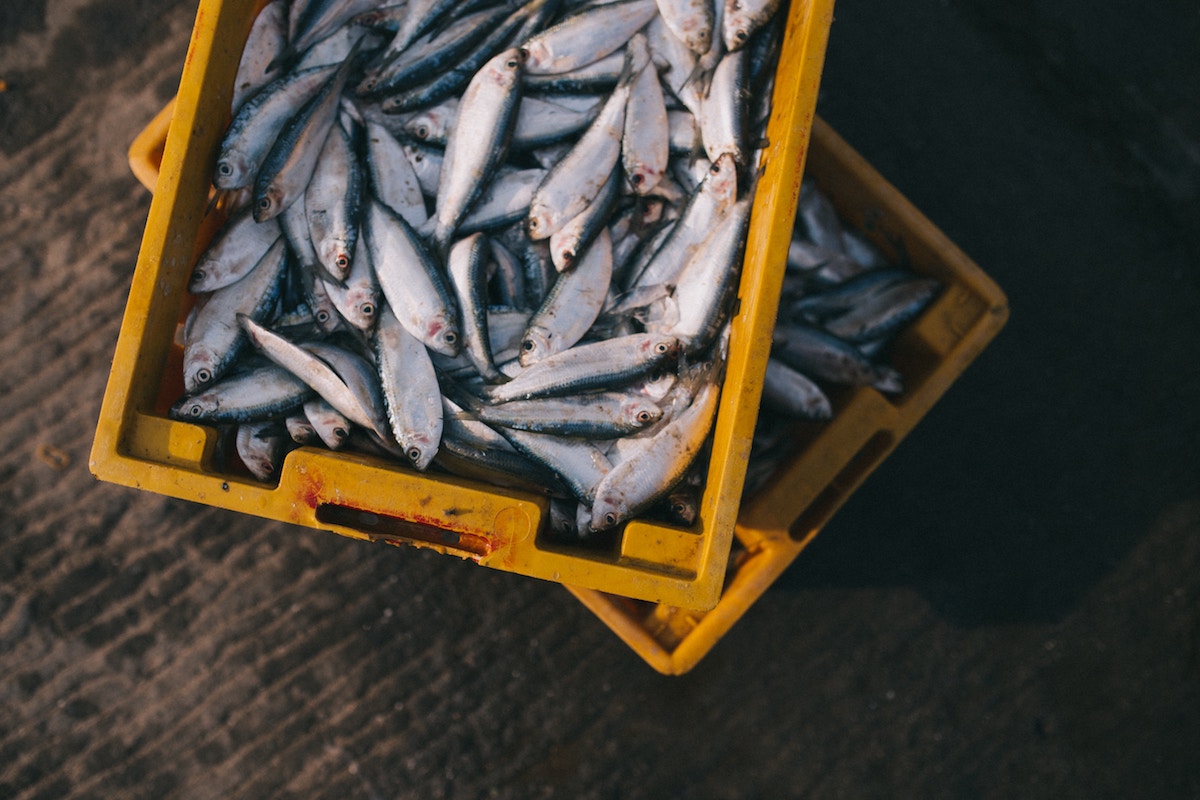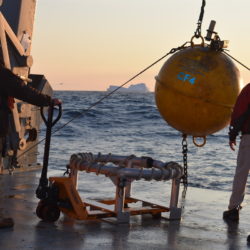Inverted economics of fishing the high seas
Using satellite imagery and machine learning, we can now monitor global fishing fleets in near real time, including the previously opaque world of fishing on the high seas. It’s estimated that without government subsidies, over half of this $8 Billion market would be unprofitable, including all deep-sea trawling, a perennial culprit of extensive ecosystem damage.
The high seas — marine waters that fall outside national jurisdiction — cover 43% of the Earth’s surface and the fishing of its depths is dominated by 5 countries: China, Taiwan, Japan, South Korea, Spain. In their paper “The economics of fishing the high seas“, the authors dive into the technical details of their economic analysis and while it can get pretty dry in spots, the use of satellite imagery with advance machine learning is an incredible application of technology.
Science Advances


